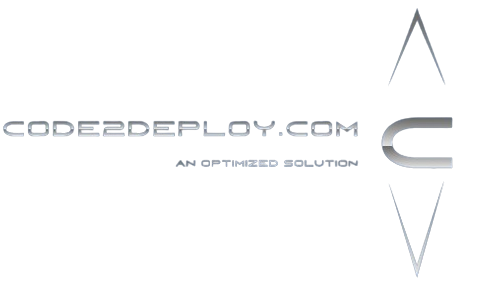YAML (YAML Ain’t Markup Language) serves as the backbone of configuration in Kubernetes, allowing users to define resources and their configurations in a human-readable format. Understanding YAML is essential for anyone working with Kubernetes, as it forms the basis for deploying and managing applications in the cluster. In this guide, we’ll explore YAML syntax and provide practical examples of Kubernetes manifests using YAML.
What is YAML?
YAML is a human-readable data serialization language that is commonly used for configuration files. It uses indentation to represent data structures and supports key-value pairs, lists, and nested structures. YAML files have a “.yaml” extension.
YAML Basics
Let’s review some fundamental concepts of YAML syntax:
- Indentation: YAML uses indentation (spaces or tabs) to represent structure. Nested elements are indented under their parent elements.
- Key-Value Pairs: Key-value pairs are represented using a colon (:) followed by a space.
- For example:
| key: value |
- Lists: Lists are represented using hyphens (-) followed by a space. For example:
| fruits: – apple – banana – orange |
- Comments: Comments in YAML start with a hash symbol (#) and continue until the end of the line. For example:
| # This is a comment key: value # This is another comment |
YAML in Kubernetes
In Kubernetes, YAML files are used to define resources such as Pods, Deployments, Services, ConfigMaps, and more. Let’s dive into some common Kubernetes resources and their YAML manifests.
Example: Pod
A Pod is the smallest deployable unit in Kubernetes, representing a single instance of a running process. Here’s an example YAML manifest for a simple Pod:
| apiVersion: v1 kind: Pod metadata: name: nginx-pod spec: containers: – name: nginx-container image: nginx:latest ports: – containerPort: 80 |
In this manifest:
- apiVersion specifies the Kubernetes API version.
- kind indicates the type of resource (in this case, Pod).
- metadata contains information like the name of the resource.
- spec defines the desired state of the Pod, including container specifications.
Example: Deployment
A Deployment manages a replicated set of Pods, ensuring their availability and scalability. Here’s an example YAML manifest for a Deployment:
| apiVersion: apps/v1 kind: Deployment metadata: name: nginx-deployment spec: replicas: 3 selector: matchLabels: app: nginx template: metadata: labels: app: nginx spec: containers: – name: nginx image: nginx:latest ports: – containerPort: 80 |
In this manifest:
- replicas specifies the desired number of Pod replicas.
- selector defines how the Deployment selects which Pods to manage.
- template contains the Pod template used to create new Pods.
Example: Service
A Service provides network connectivity to a set of Pods, enabling load balancing and service discovery. Here’s an example YAML manifest for a Service:
| apiVersion: v1 kind: Service metadata: name: nginx-service spec: selector: app: nginx ports: – protocol: TCP port: 80 targetPort: 80 |
In this manifest:
- selector specifies which Pods the Service should route traffic to.
- ports define the ports exposed by the Service and the target port on the Pods.
Conclusion
YAML is a powerful and versatile language for defining Kubernetes resources and configurations. By mastering YAML syntax and understanding how to write Kubernetes manifests, you can effectively deploy and manage applications in Kubernetes clusters.
In this guide, we covered YAML basics and provided practical examples of Kubernetes manifests for Pods, Deployments, and Services. Experiment with different resource definitions, explore additional Kubernetes resources and leverage YAML to streamline your Kubernetes workflows. Happy YAML-ing!
https://blog.code2deploy.com/pod-with-yaml-in-k8s/POD YAML More Details


WONDERFUL Post.thanks for share..extra wait .. ?